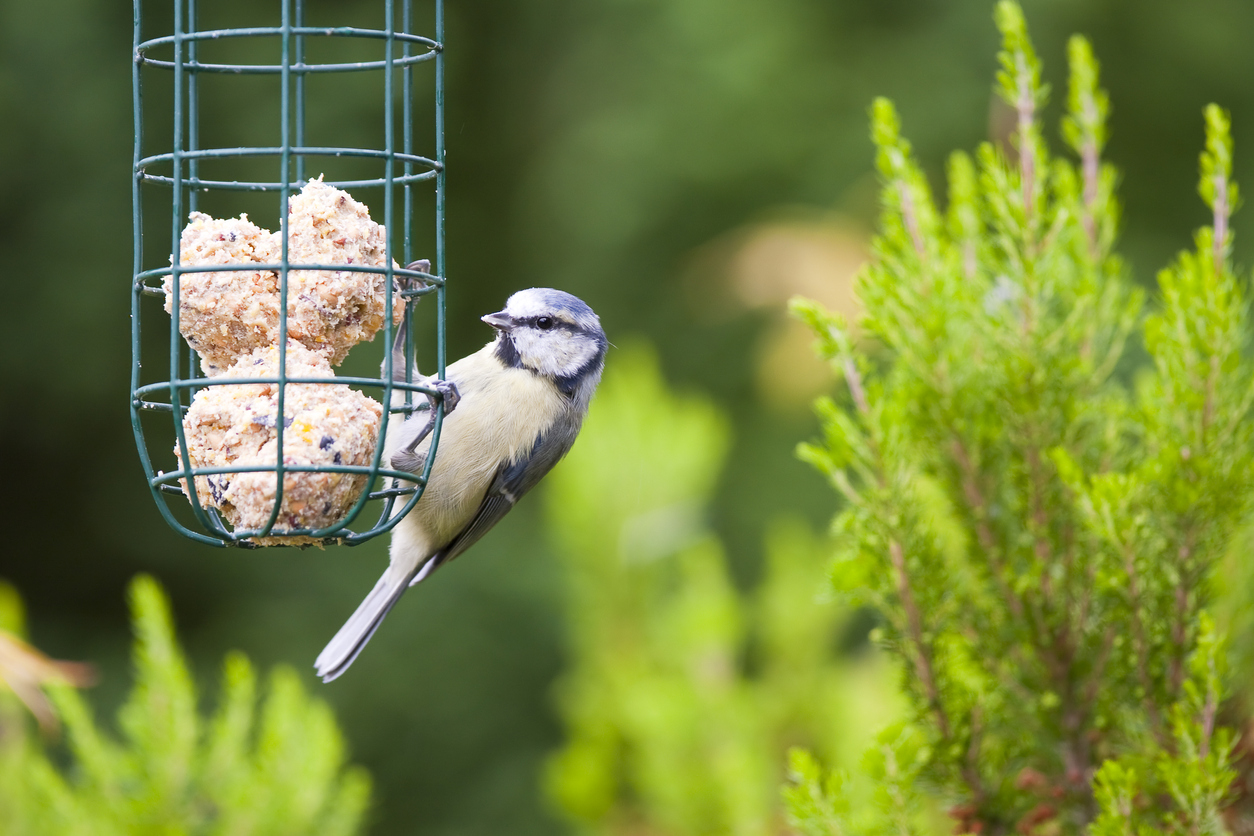We use cookies to make your experience better. To comply with the new e-Privacy directive, we need to ask for your consent to set the cookies. Learn more.
How to make Fat Balls - Garden Birds

Birds are pretty good at fending for themselves, but as humans have compromised a lot of their natural habitat, it is only fair that we compensate them by feeding them in our gardens.
Plenty of people choose to buy commercially available fat balls to feed the birds that visit their outdoor areas. However, taking a home-made approach to fat balls is not only more rewarding and affordable, but also far more eco-friendly. Here are some quick tips on how to make your very own fat ball for your feathered friends.
Ingredients & preparation
A fat ball is a simple thing, made using a combination of nothing more than bird seed mixed with the fat of your choice. Depending on your preferences and availability, you can either use suet or lard to form the fat balls. If you would rather not use anything derived from animal products, vegetable suet is just as effective as beef suet for this purpose.
Weigh out as much suet and seed at a ratio of 1:2, add both to a pan and set it over a gentle heat, only high enough so that it can all melt, mingle and mix together merrily.
Once the two ingredients are thoroughly combined, take it off the heat and allow it to cool until it is at a temperature at which you can handle it. You can then use a spoon, or just dive right in with your fingers, to scoop out tennis ball-sized amounts of the mixture and roll this in your palms until it forms into a ball shape.
Keep a tupperware style container to hand so that you can place the balls in it once they are complete. Remember not to squash all of the balls in together, and instead leave room between each so that they are not touching, otherwise separating them later will become tricky.
Place your ball-filled container in the freezer for a few hours, or overnight, so that the balls can solidify completely. Once you take it out of the freezer, you can put it in the garden straight away and then retreat inside to watch as the birds flock around.
Be aware that it may take a few days for your birds in your garden to pluck up the courage to actually try to eat any of your home-made fat balls. Don't worry if there has been no obvious action immediately; with a little patience, you will surely see some interest eventually.
Also remember that you need to put your fat balls in a place where birds can reach them, while also staying out of reach of predators. Ideally, you would place them in a bird feeder, so you may need to take this into account when sizing your fat balls during the post-heating stage.
Recipe adaptations
You can use this fat ball recipe to improvise some other bird-friendly feeding creations for your garden. For example, if you want to have free-hanging fat balls with their own integrated strings, this can be achieved using old yoghurt pots.
Simply run twine through a hole in the bottom of a pot, then pour in the fat and seed combo after it has been heated and mixed. Once this has set it should be simple to remove the pot, leaving you with a somewhat cylindrical shaped column of tasty treats that can easily be hooked onto a tree branch or hung from a garden wall.
The fat ball mixture can also be applied liberally to pine cones before it has set. A pine cone is perhaps the most sustainable option, if available, since it is easy to tie string to one end and they are entirely biodegradable, unlike yoghurt pots.
If you are eager to adopt an even more natural approach, you might consider smearing the mixture in the nooks and crannies of a fallen tree branch while it is still warm, then re-hang this branch from a still-living tree so that birds can get at it.
Be aware that squirrels can also crave the contents of a fat ball, so keep this in mind when you are choosing to mount it. Of course, now you can make fat balls at home any time you like, you will never be short of a replacement.
